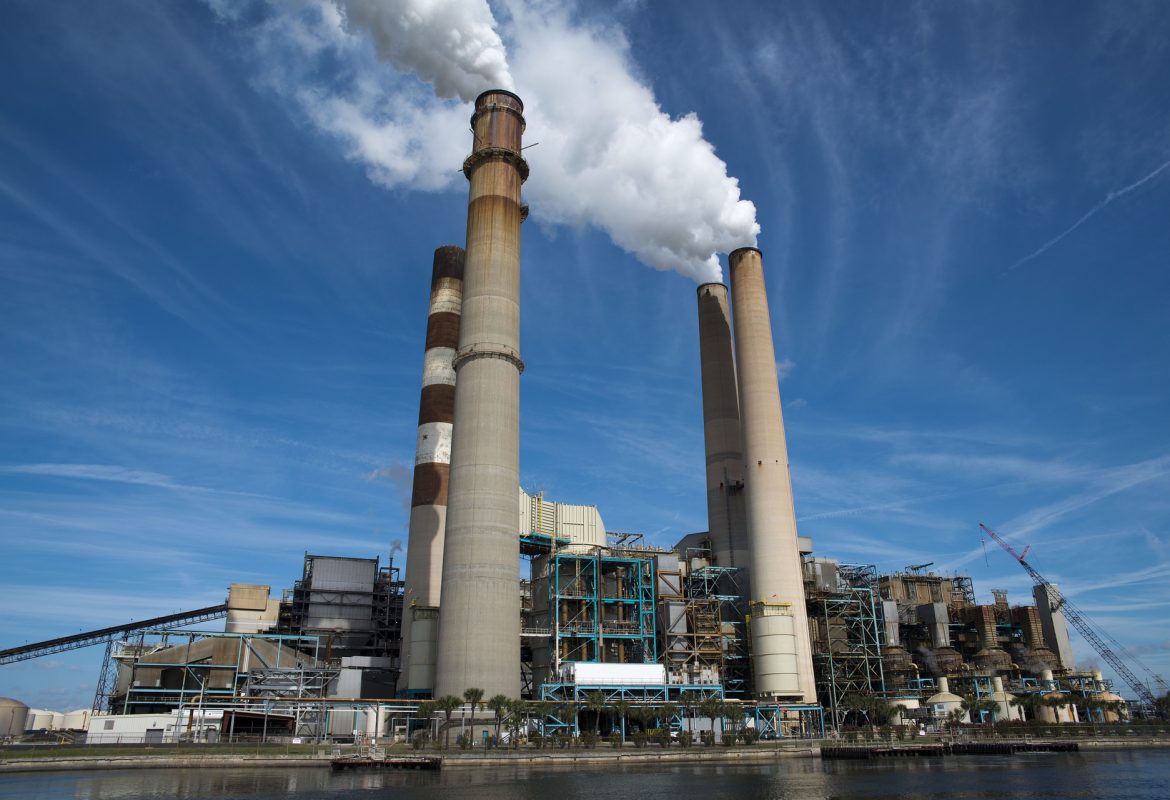Air industrial filtration is the most widely used method for cleaning air and involves multidisciplinary fields, making air filter performance assessment difficult. Despite the simplicity of filtration, theory and practice differ. Ironically, we assumed that 60 years of progress in diagnostics, vaccines, supercomputing, genomics, bioinformatics, and scanning electron microscopy would make us ready for any outbreak. Our current situation suggests that if we want to improve air quality, we must understand filter performance dynamics. As knowledge about the COVID-19 pandemic evolves, the novel SARS-CoV-2 virus requires new tools and attitudes.
Filtration
Porous medium filters airstream particles. Filter fibers capture particles in the filter depth and/or surface. However, particle collection makes filtration performance harder to predict. Understanding depth and surface filtration is the first step in understanding air filtration. Fibrous and granular filters are depth filters, while fabric and membrane filters are surface filters.
Surface Filtration
Surface filtration creates dust cakes by sieving large particles onto the filter medium. Dust-cake formation filters most of the filter. Pulsing removes surface straining particles larger than medium pores. Although surface deposition is the goal, particles smaller than pores can penetrate the filter medium. Dust cake blocking. Cake particles smaller than filter medium pore sizes bridge. The feed concentrates particles. Blocking sieves when particles exceed pore sizes.
Depth-filtering
Depth filtration traps particles in the filter medium. Understanding media properties is necessary for non-cake filtration. Depth filtration makes fibrous filters as pure as surface filters and less resistant. Due to its low pressure drop and high-temperature performance, glass fiber media is widely used in this process. Air and water cannot regenerate fragile glass fiber media. Ejecting dust from a fibrous filter will destroy its structure and may not remove all the dust.

HVAC/depth filtration
Depth filtration requires media properties like packing density, porosity, and thickness. Increased filter media thickness increases efficiency but increases pressure drop in depth filtration. Depth filters are disposable because regenerating them requires too much energy. Regenerating a disposable filter may not remove all particles or maintain the filer media’s pore size distribution. Air or water regeneration can reduce efficiency and cause microorganism growth in air-handling units.
Air filters
The results of laboratory tests on air filters for air handling units do not reflect real-world use. The physical and chemical characteristics of air filters are useful in making a selection because their performance can be impacted by airborne contaminants, moisture, and temperature. HEPA filters are essential for the prevention of SAR-CoV-2.
A higher-grade HEPA filter is often recommended to improve indoor air quality. But, establishing the operating conditions required to function as intended is equally dependent on picking the appropriate air filter. These factors include air velocity, particle concentration and size distribution, and the ideal climate conditions of temperature and humidity. Hence, picking the right filter, running it properly, and keeping it in good condition are all essential.
